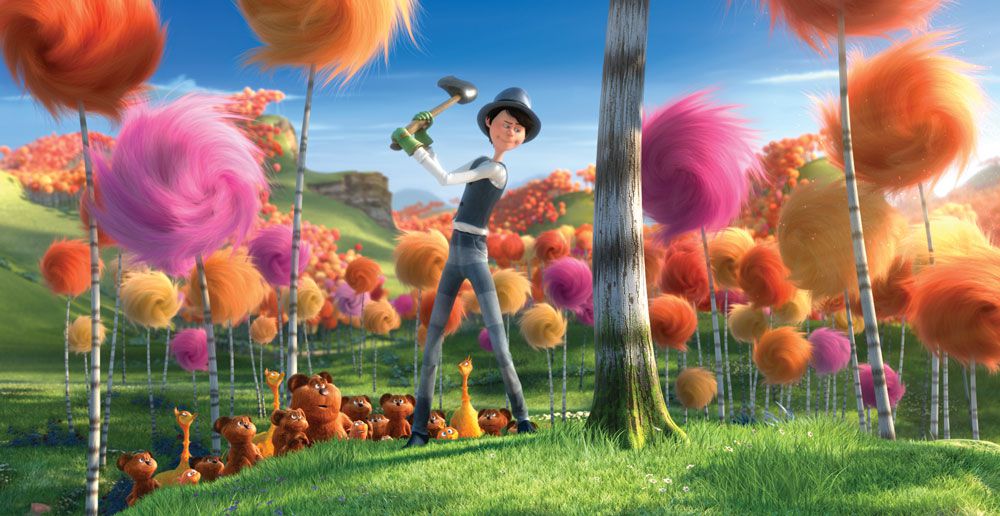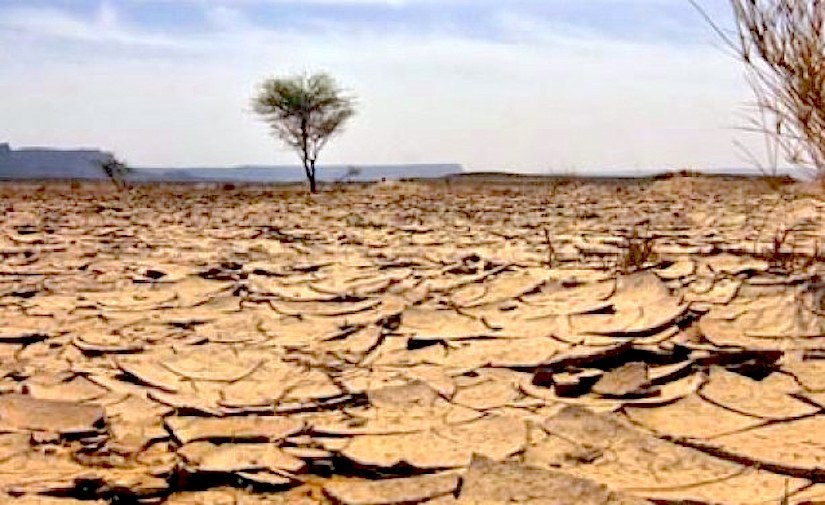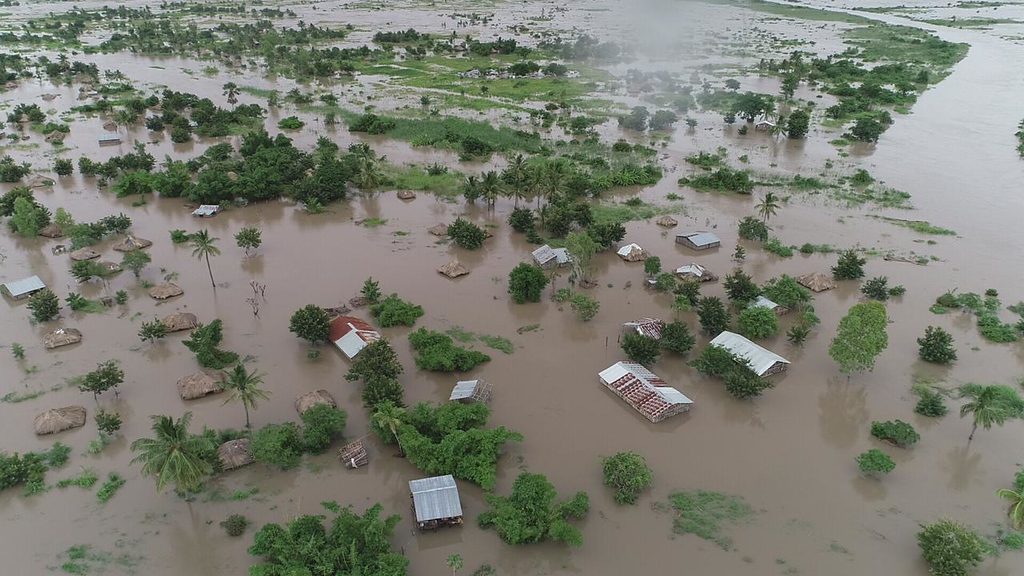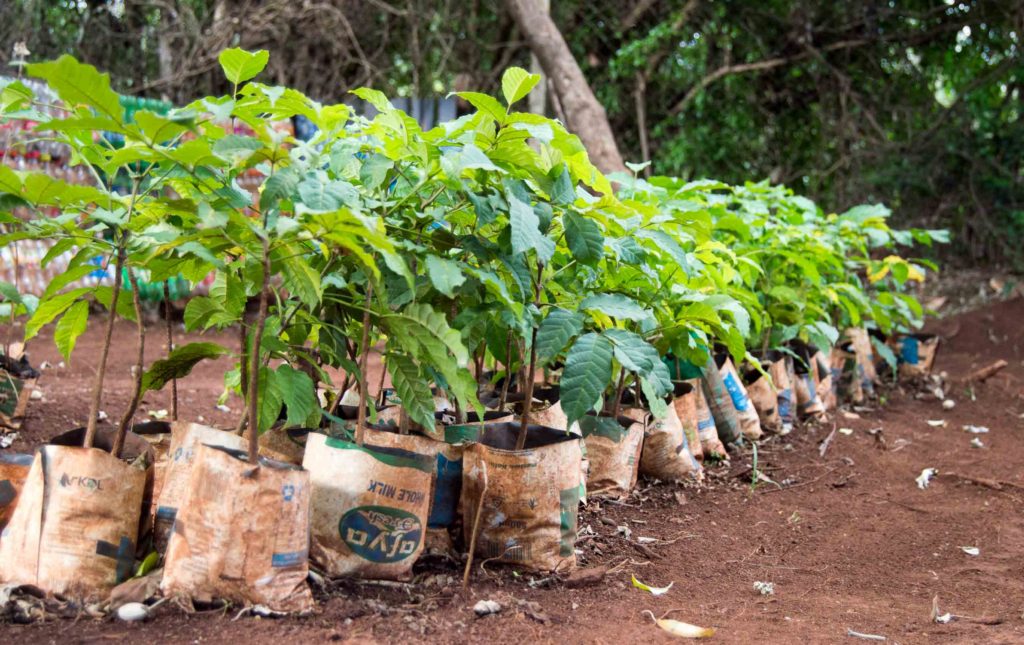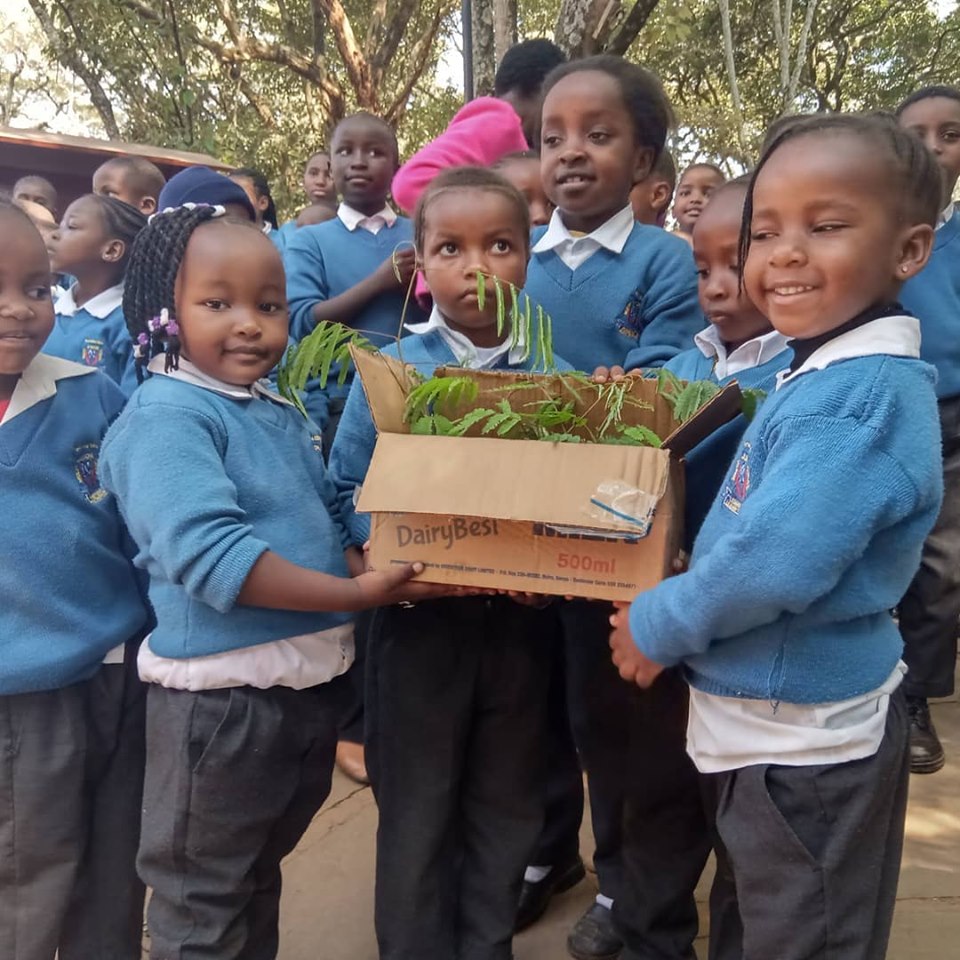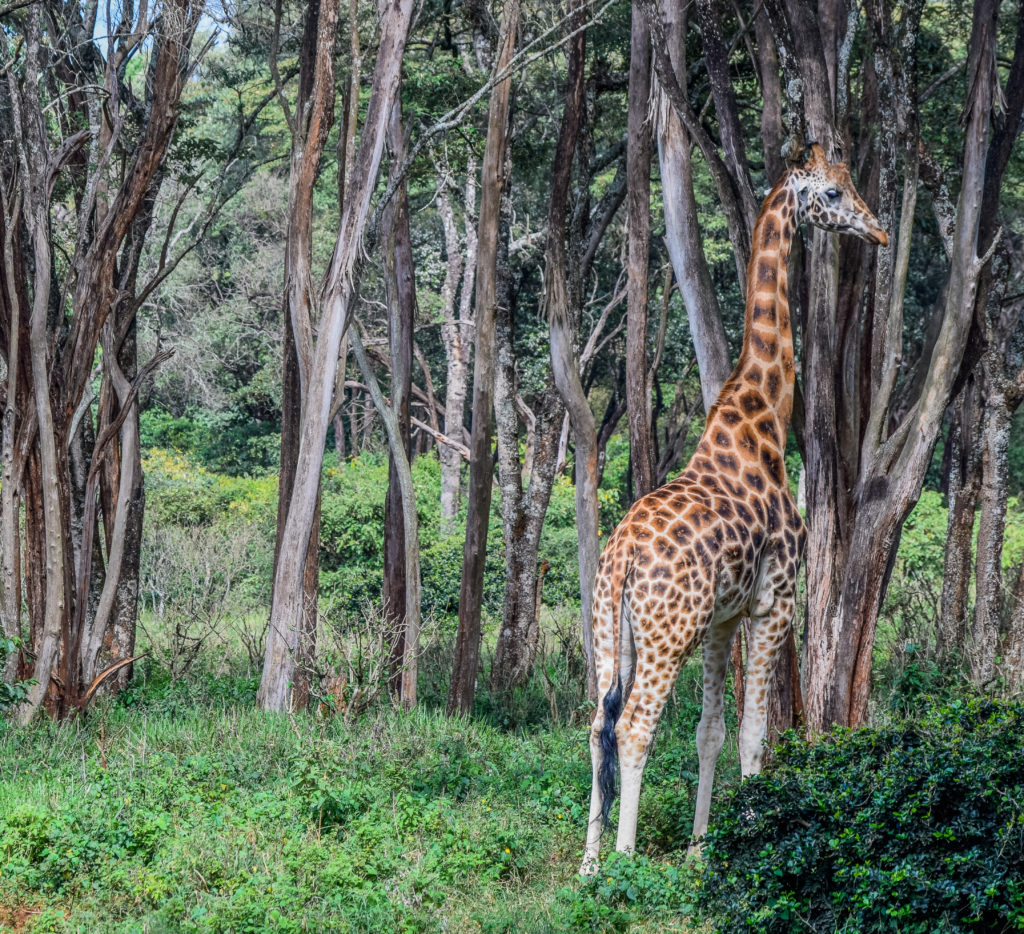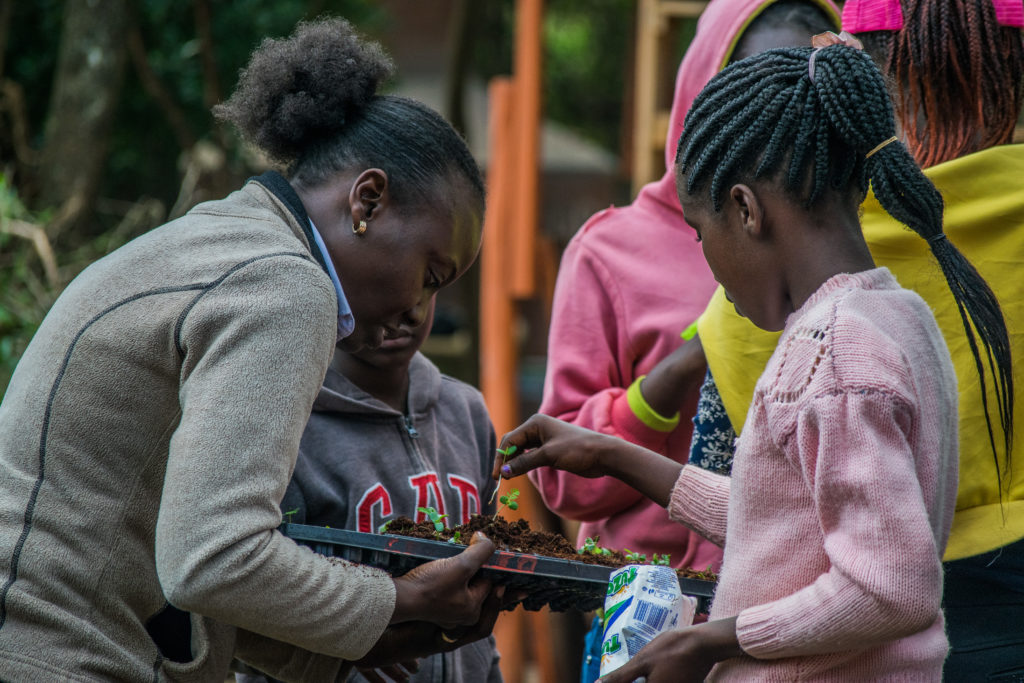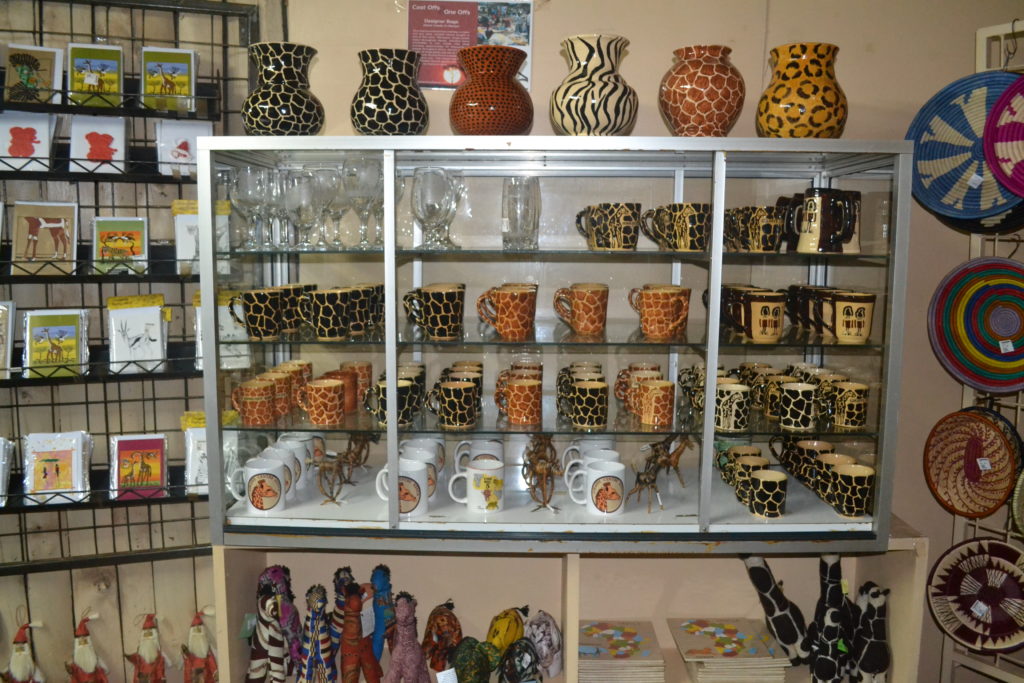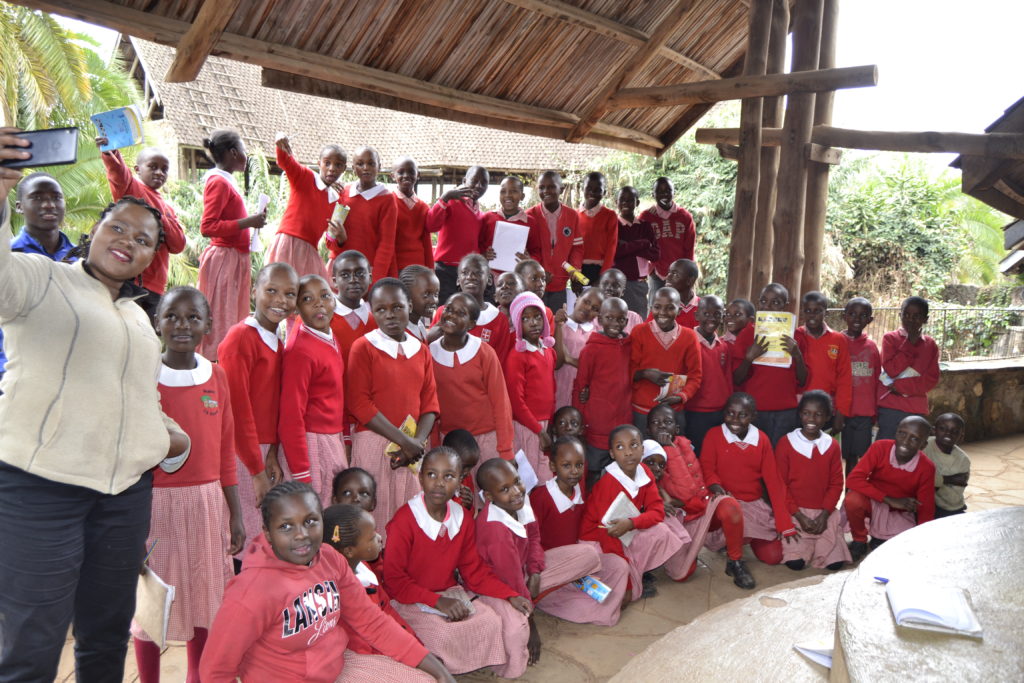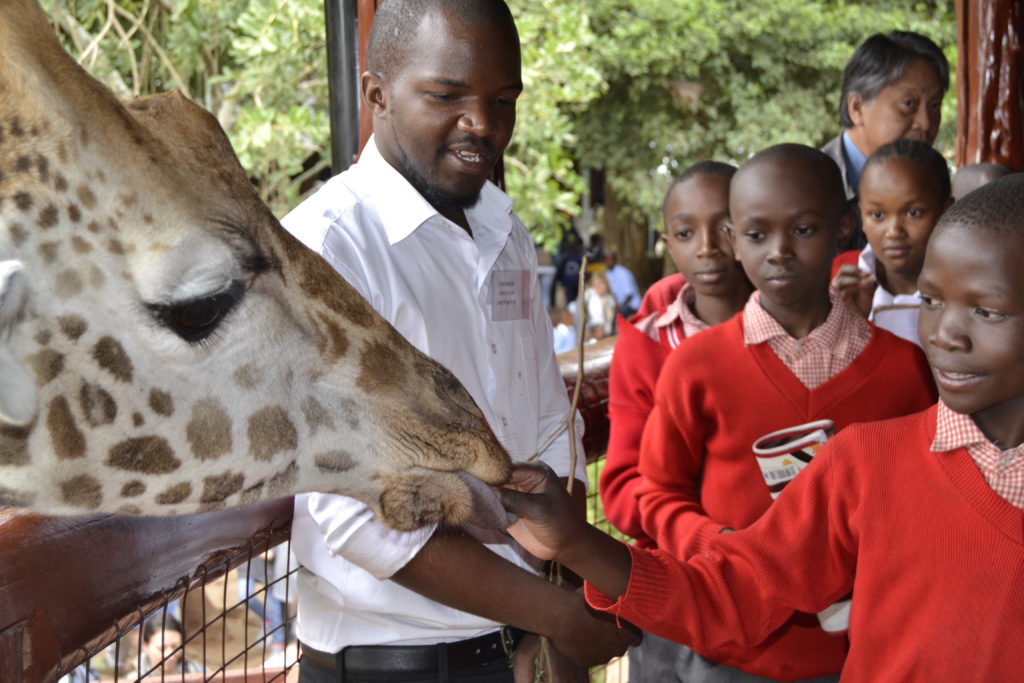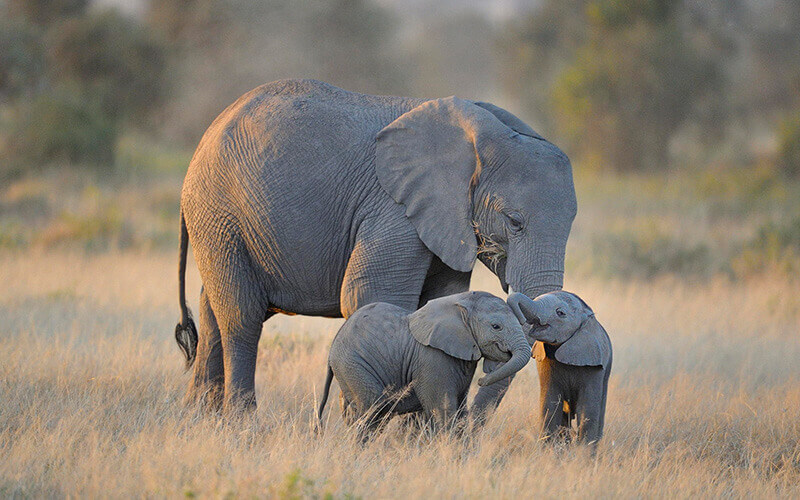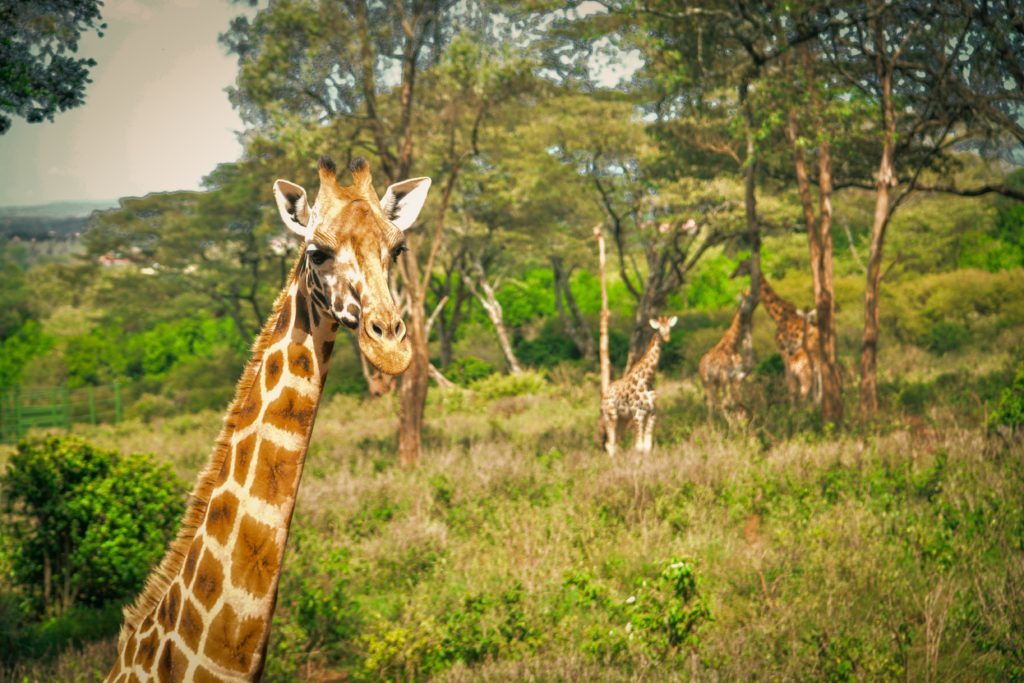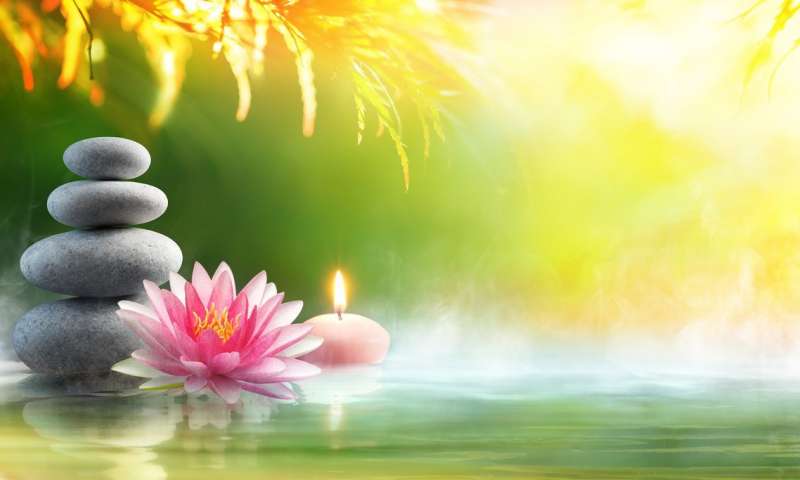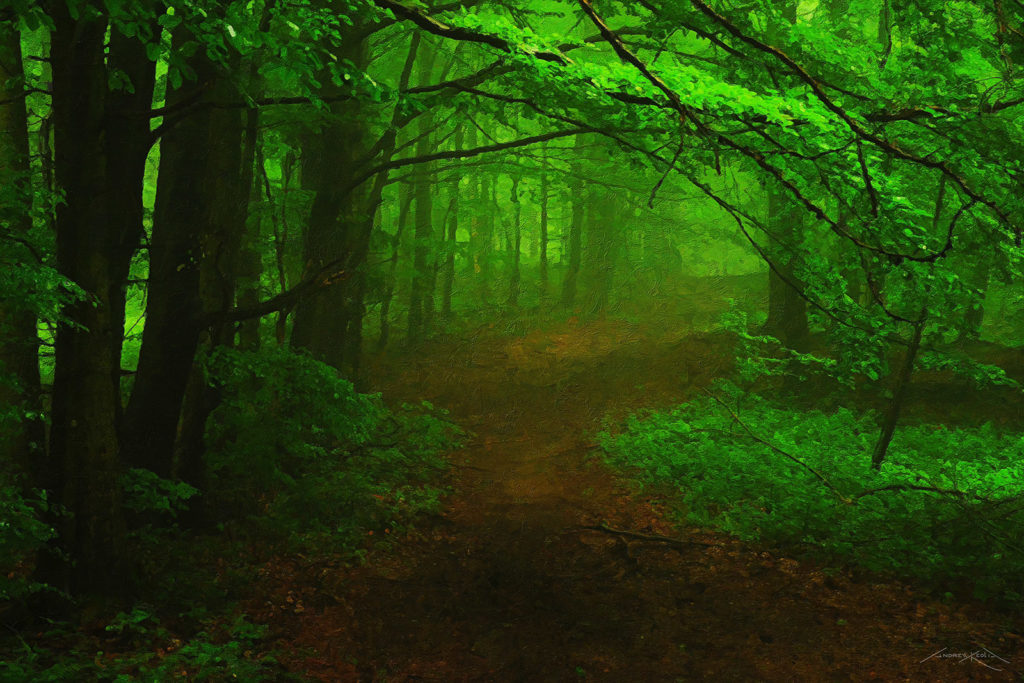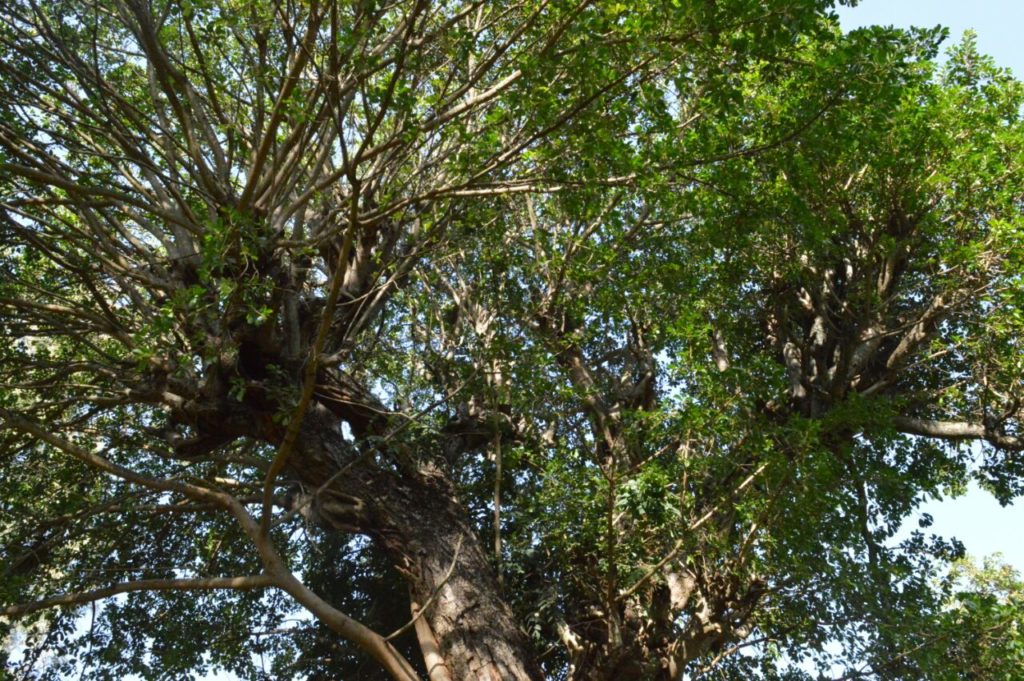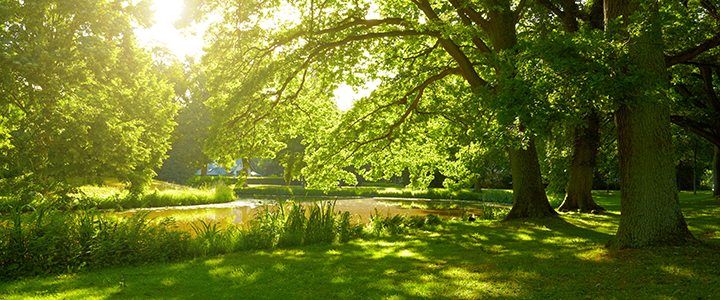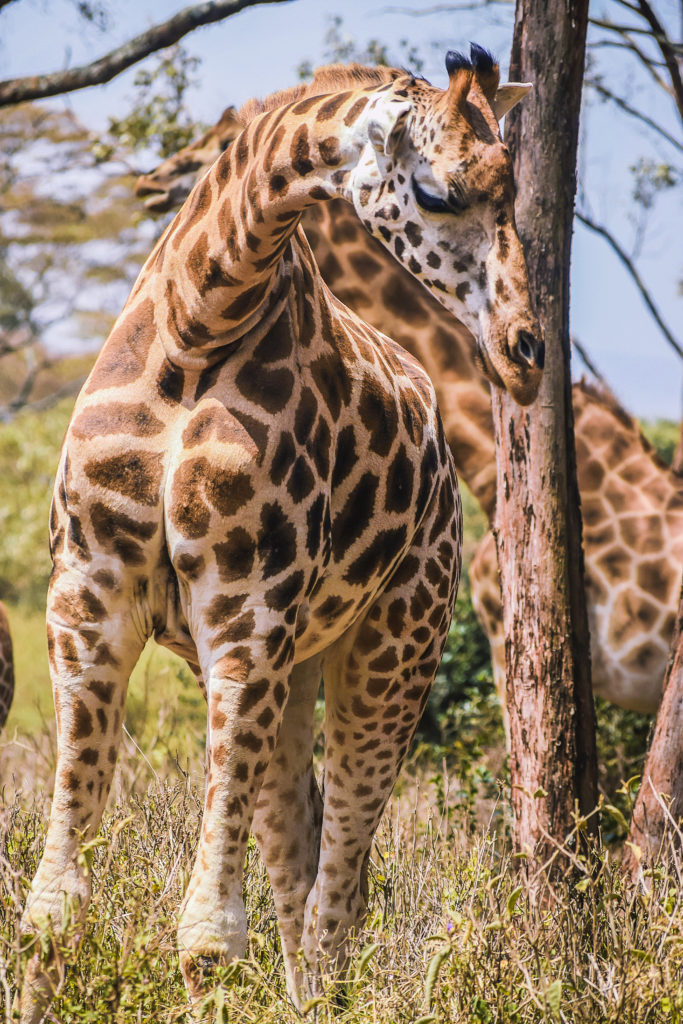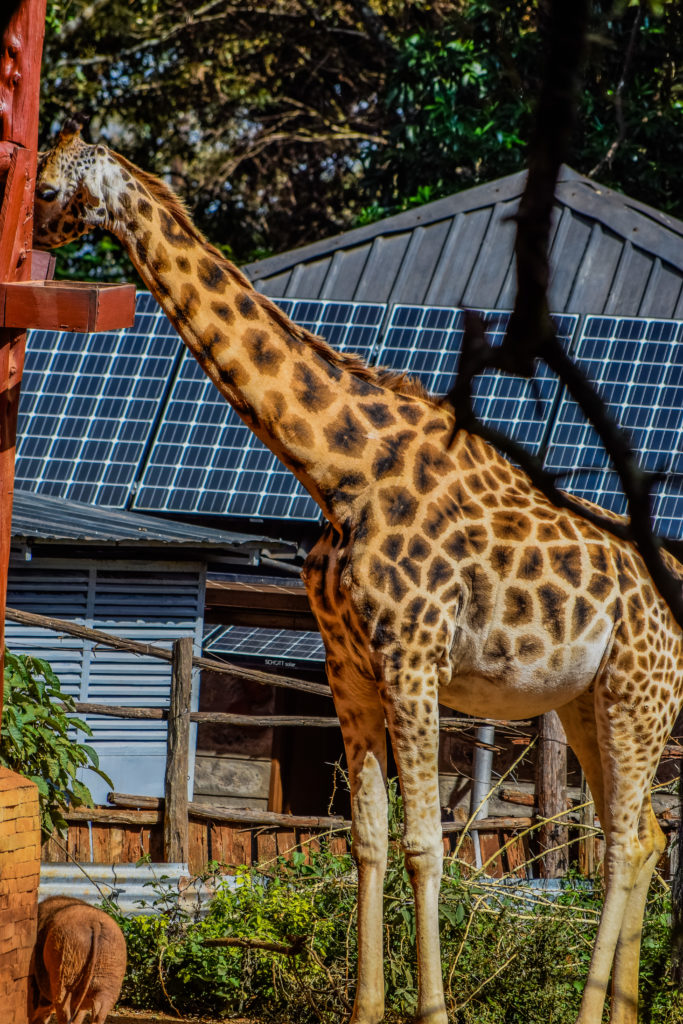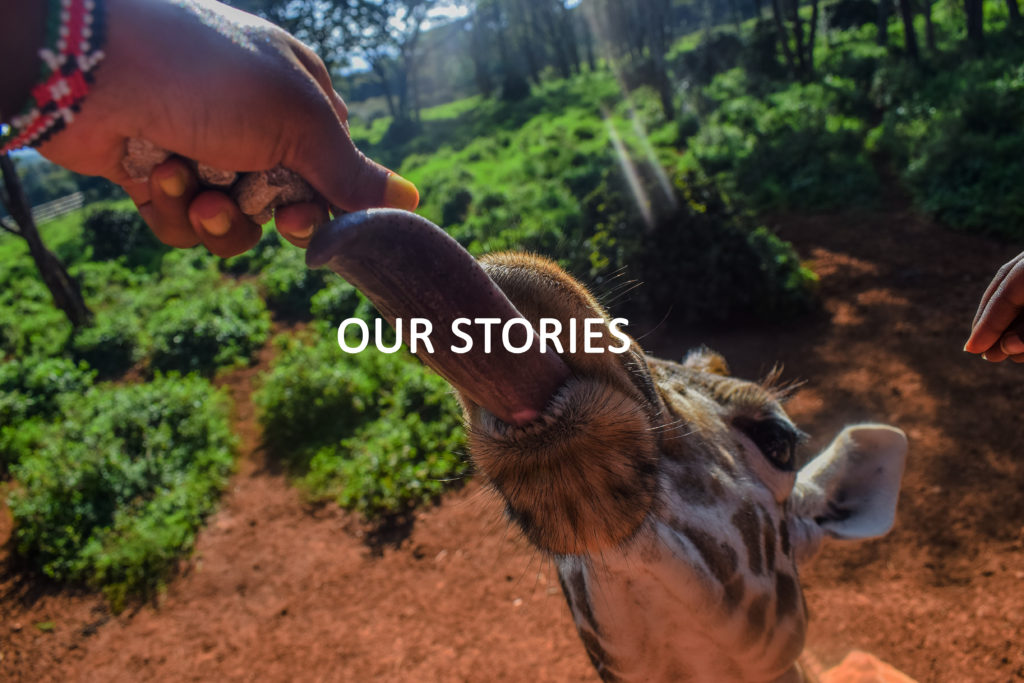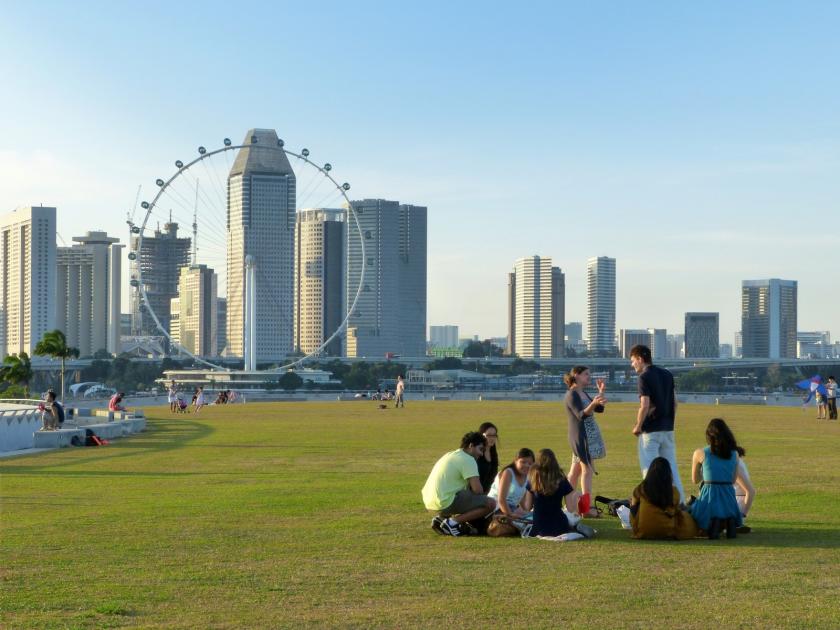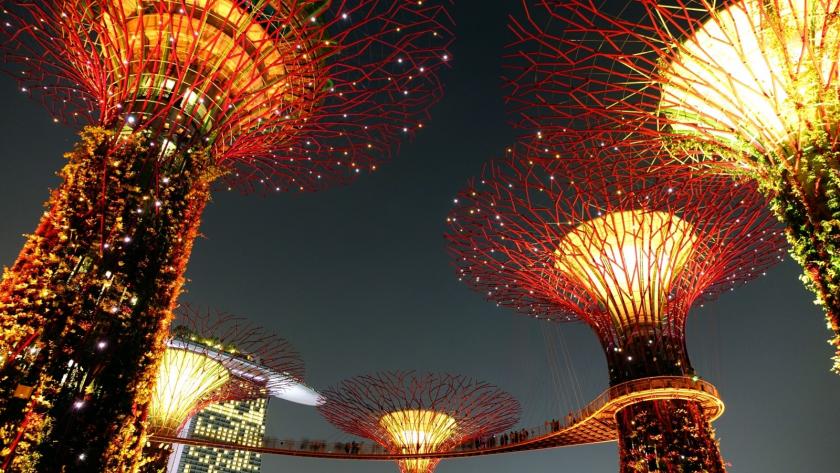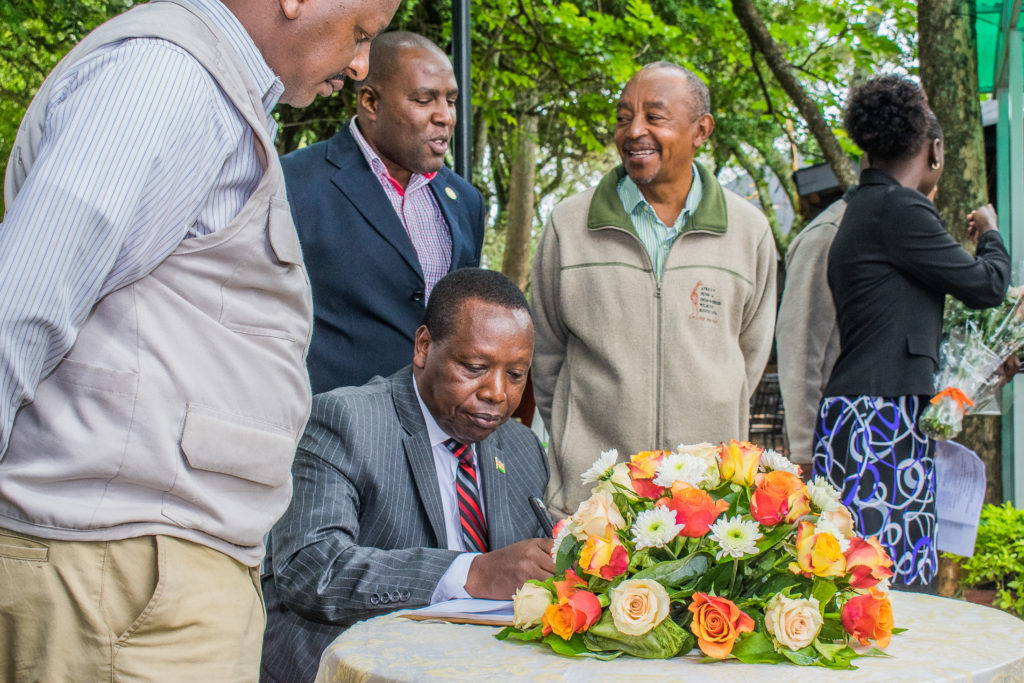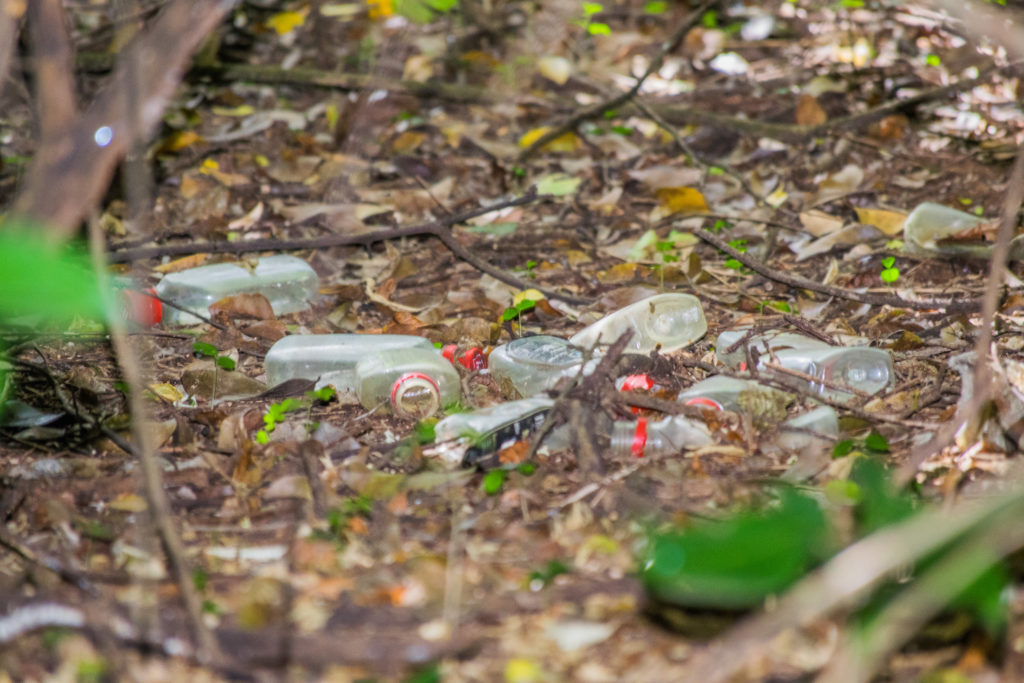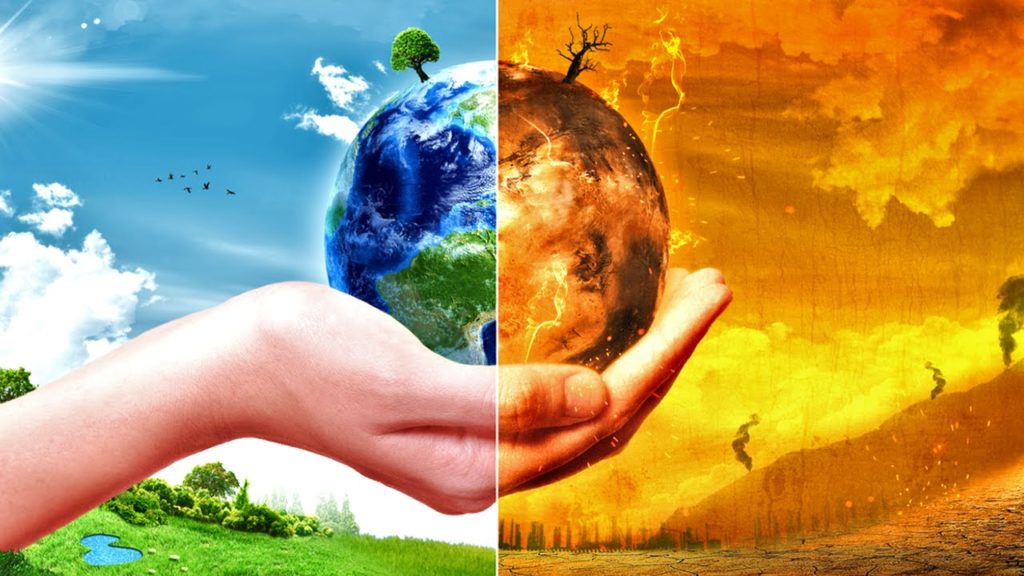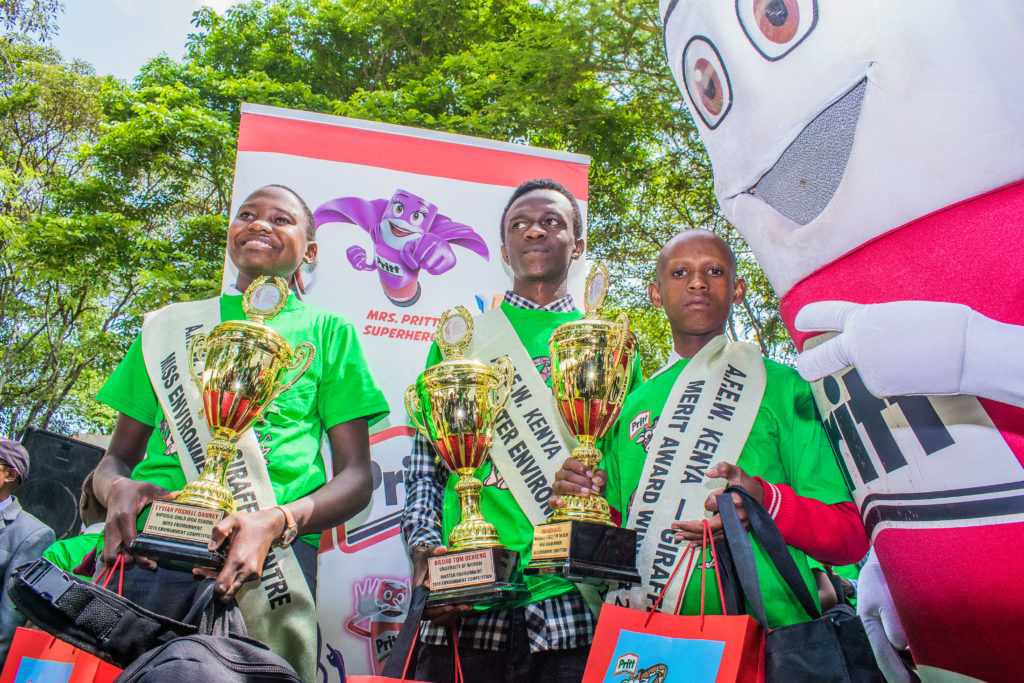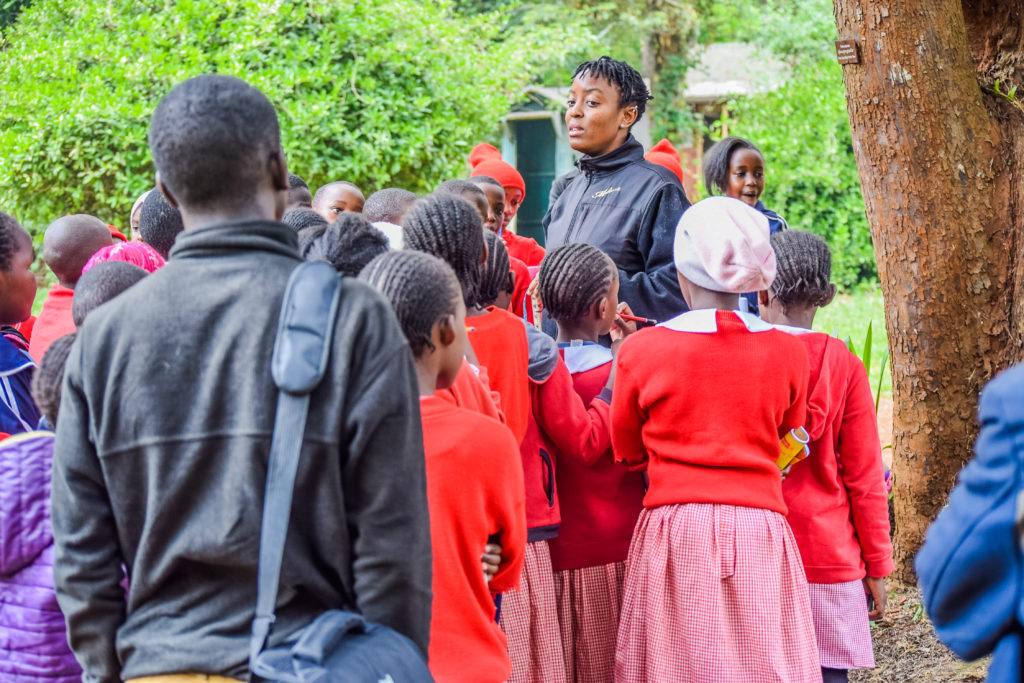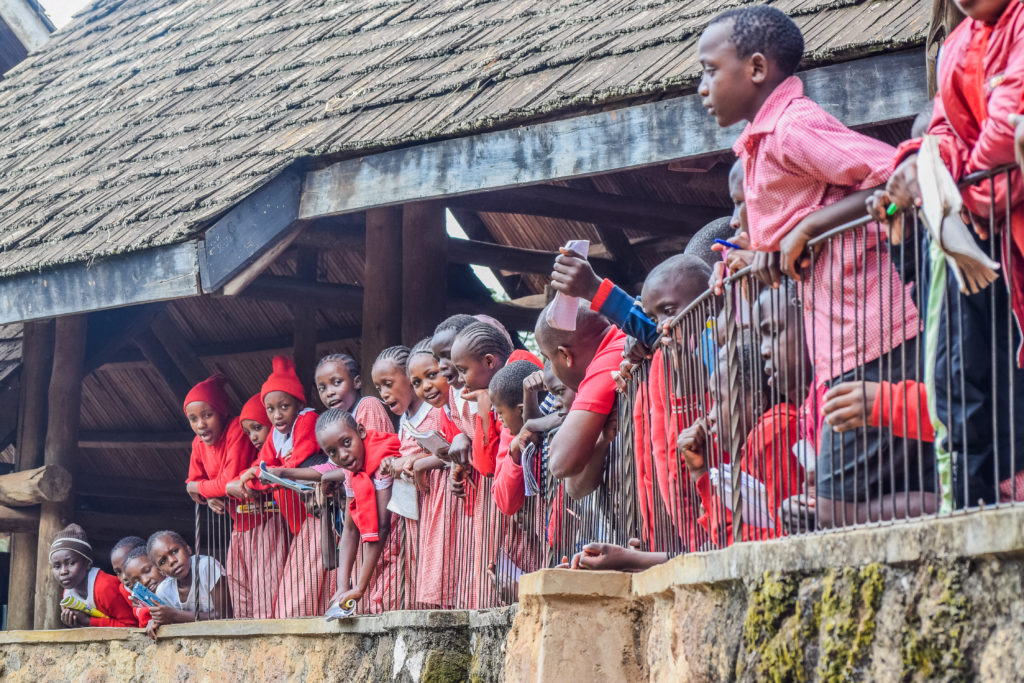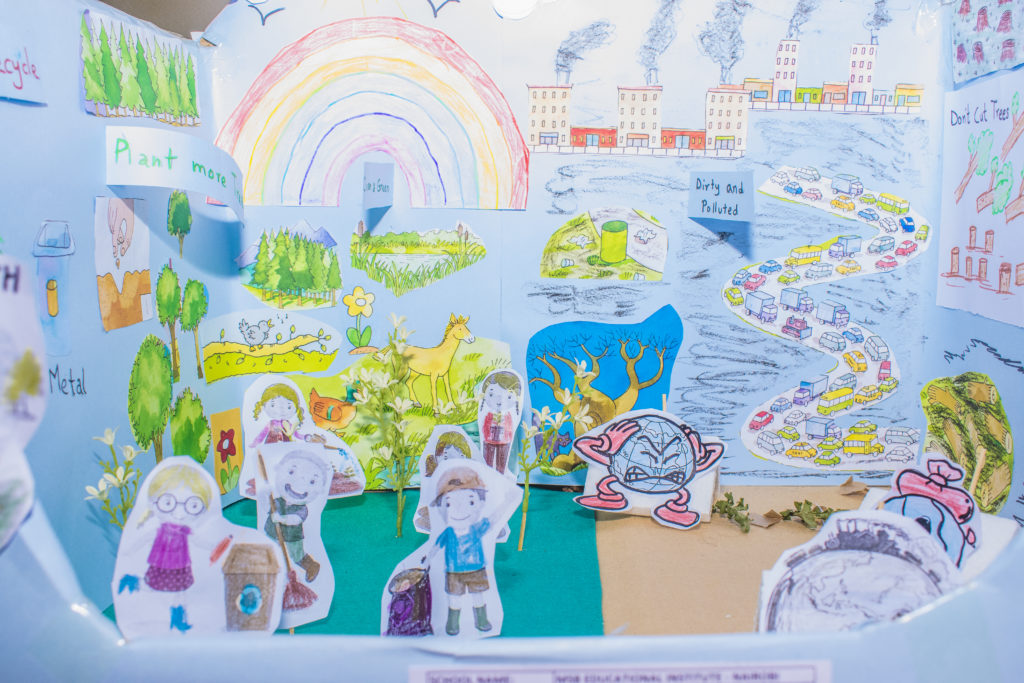We are all in the move. Some move with a pretty clear understanding of where they are going, in which case people would call ambitious, focused, role models, you name it. The other group is the nonchalant, easy-going, live-in -the moment type who toss care to the wind. We all have these types of people in our inner circle. Each personality brings the best or the worst in us, but one thing remains for sure, they all form part of this closely-knit fabric without which we fall apart.
Then there’s the loners, the sojourners or backpackers. These don’t subscribe to the famous maxim “For the strength of the wolf is the pack, and the strength of the park is the wolf.” They are very loyal to solitude and go about everyday life in a manner only particular to them.
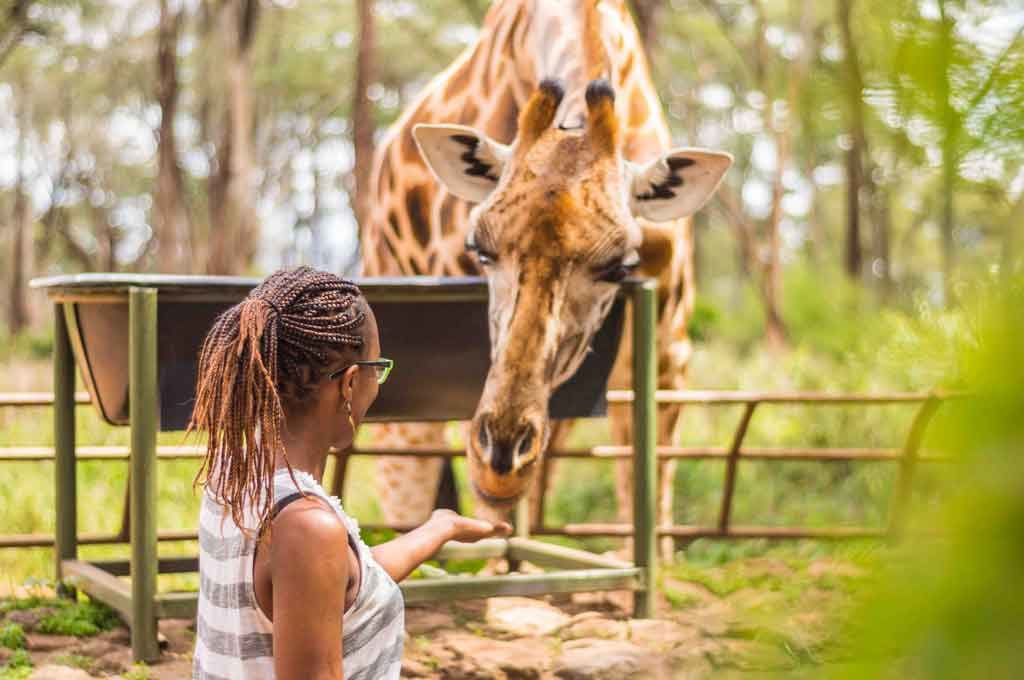
With all this evolution and growth in the human mindset. One thing has stood the test of time. The desire to know. To find meaning and understanding. To explore. This would explain why ancient explorers would leave the comfort of the familiar to seek something far much more significant- a knowledge of what’s out there. I imagine this is how most of these conversations went.
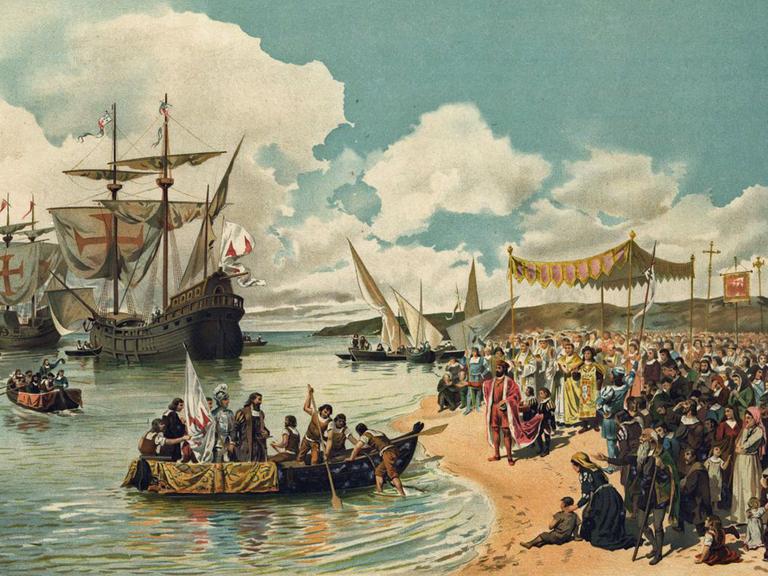
“ For heaven, sakes Vasco, get a grip of yourself! Who says there’s something far much better beyond our shores? Why go sailing unchartered waters?”
“But mother, how will I know if I don’t take the risk? There has to be something beyond that horizon. There has to.”
“We better get you a wife. Maybe that would give you a reason to stay,”
“Don’t sweat it mother, I’ll marry my kind.” Says Vasco as he storms out of their cottage.
Just like that Vasco da Gama sets off to a journey of the unknown. He finds himself in the tropical weathers. Back home was freezing, but here. This place is different. I will try not to indulge in the stereotypical writing of Africa’s sunsets, neither will I talk of its savannah and the Maasai because there’s much more to the continent itself than starving bushmen.
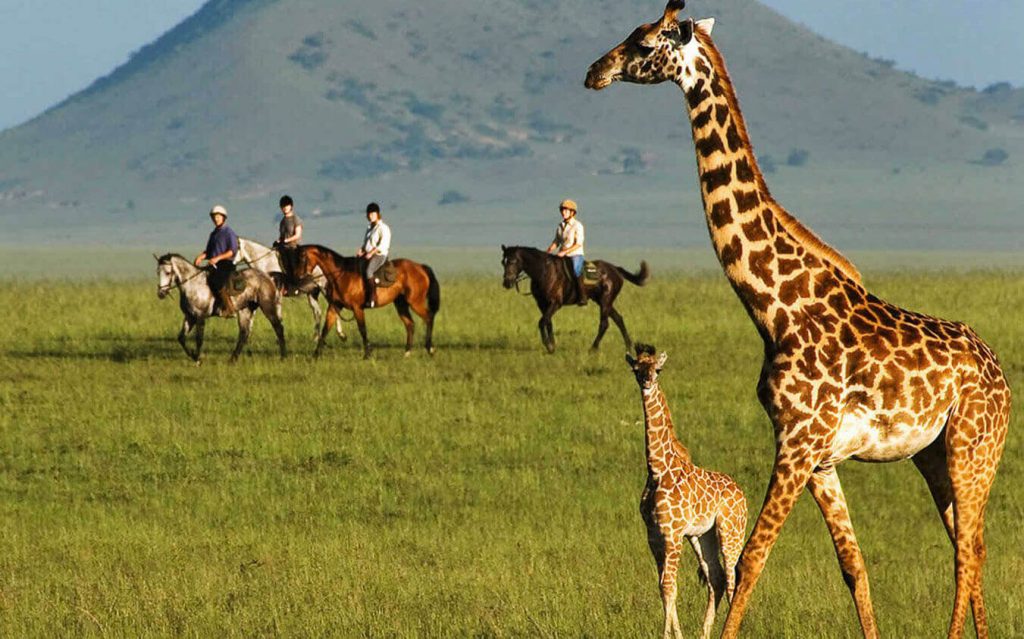
I will, however, talk about Africa’s beauty in a different light-the People. They say people make culture and that the opposite is false. I agree. Africa is vibrant because of its people. This continent became a transition point for many races after the Pangea broke. And for centuries we still find our way back. We come back to what our hearts know or longs.
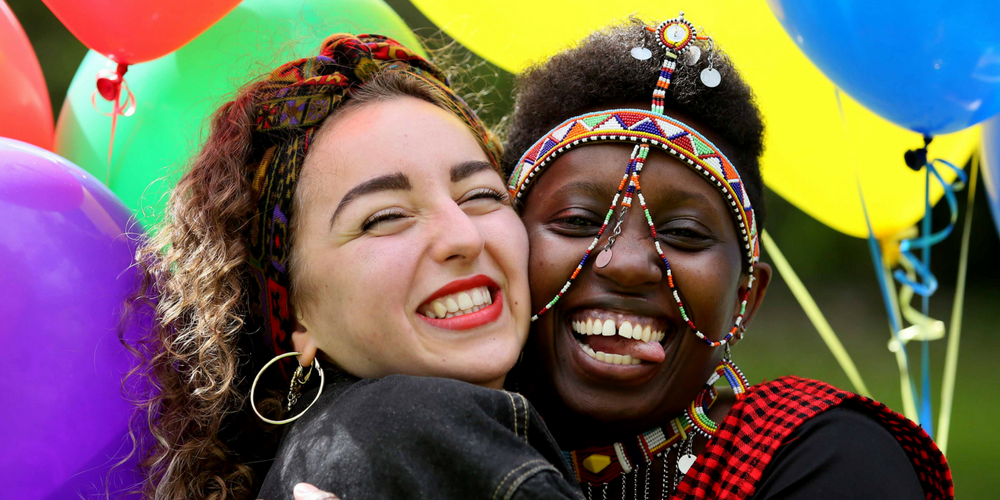
Giraffe Center is one such confluence. One tributary comes carrying friends from Athens, another brings the explorers from Korea. One loner backpacking across North America may save enough just enough to come to Kenya or a curious individual watching Ellen DeGeneres’ experience at giraffe centre may decide to pack up and come have a feel of the same.
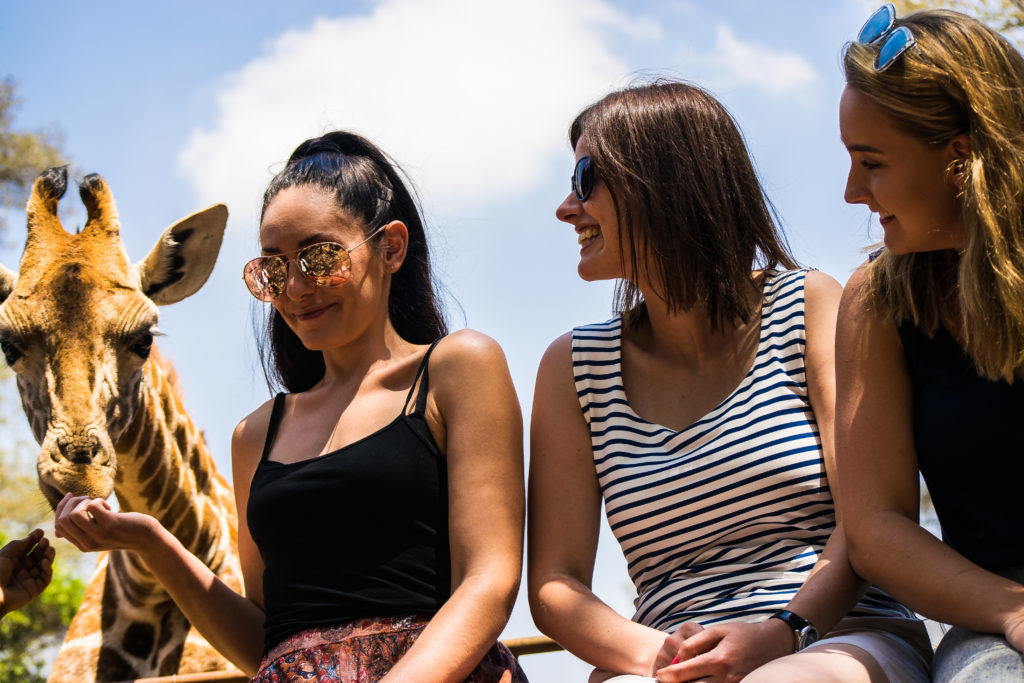
These rivers all meet up here. That is what makes Giraffe Center special. The joy shared by those having their first giraffe kisses or lack thereof due to fear draws them to a common understanding. We pride ourselves in being matchmakers. Giving people a taste of both worlds. Some of the friendships formed here last a lifetime, so do the connections. This is why we do what we do. Bring people closer and promote universal coexistence.
